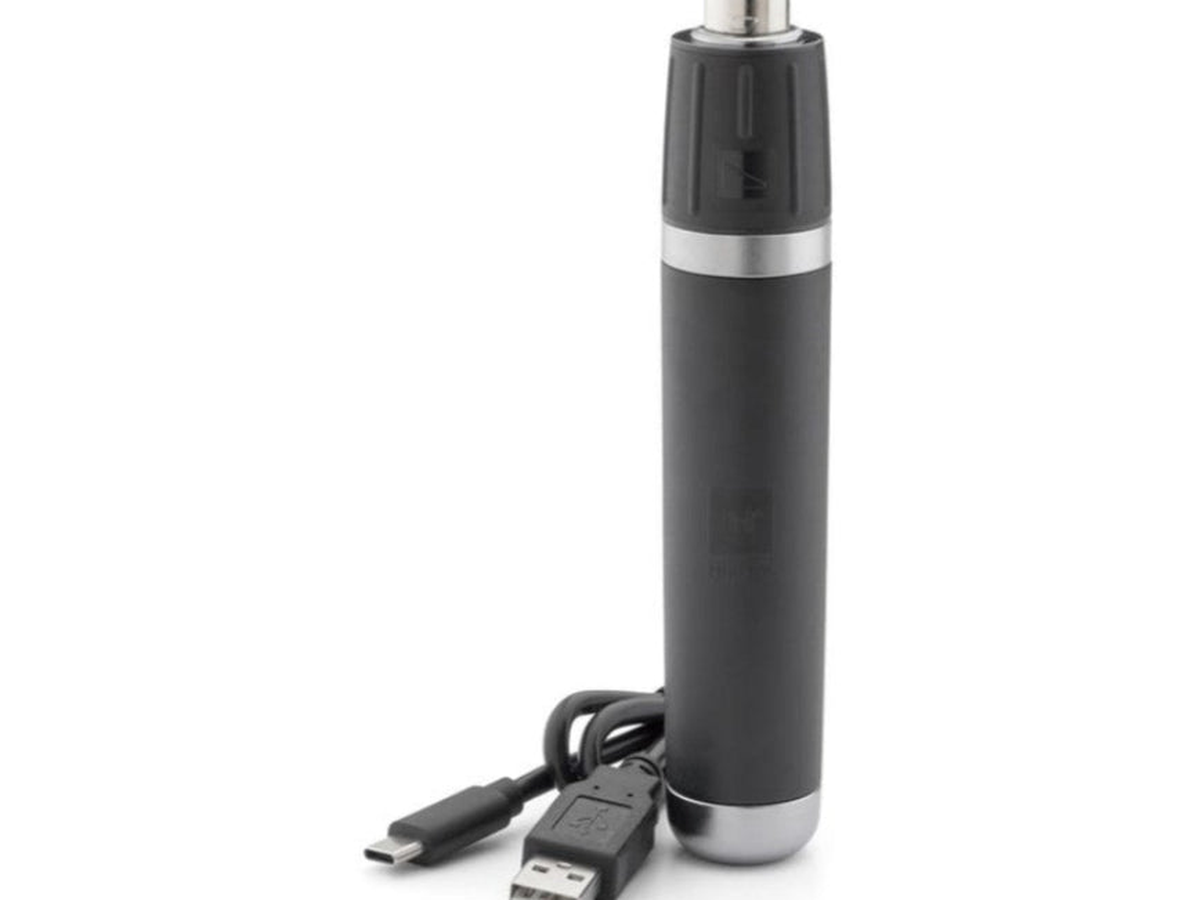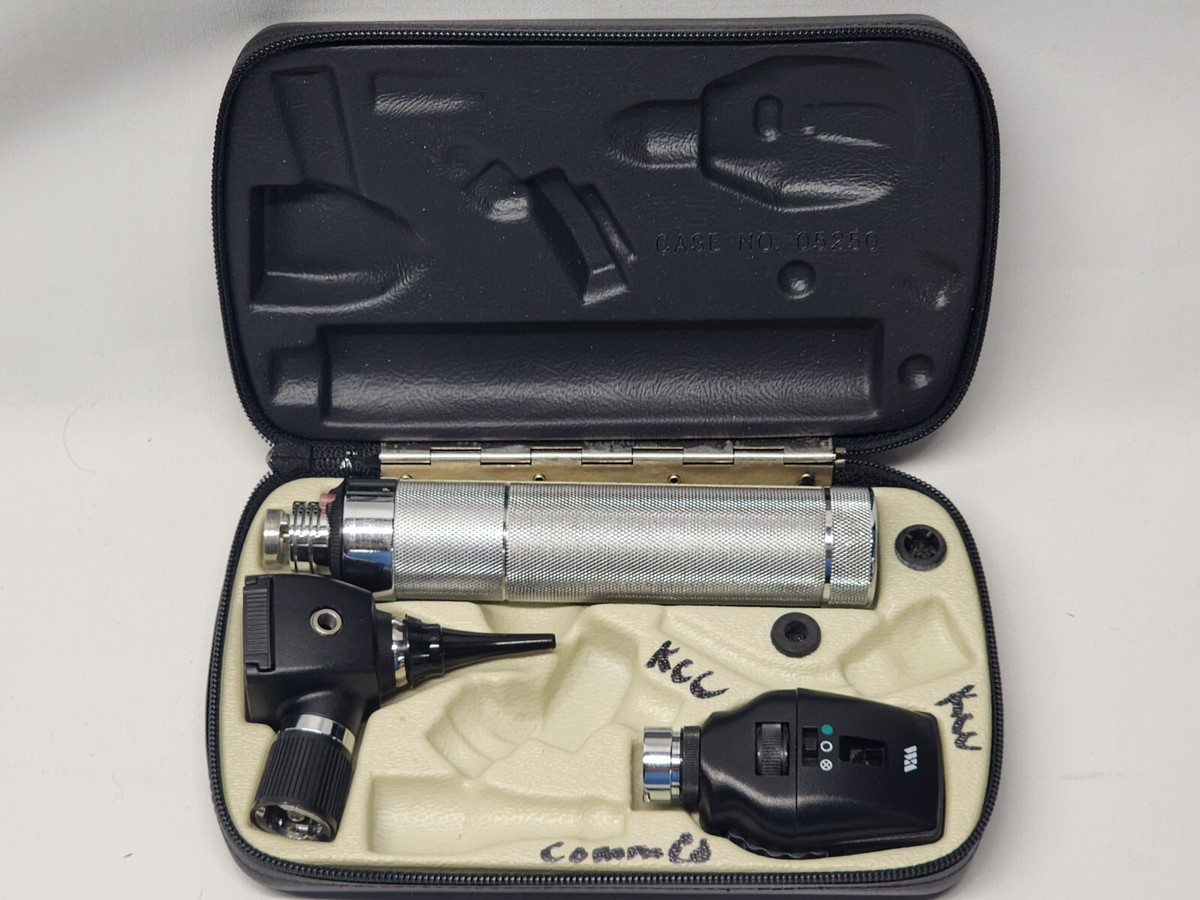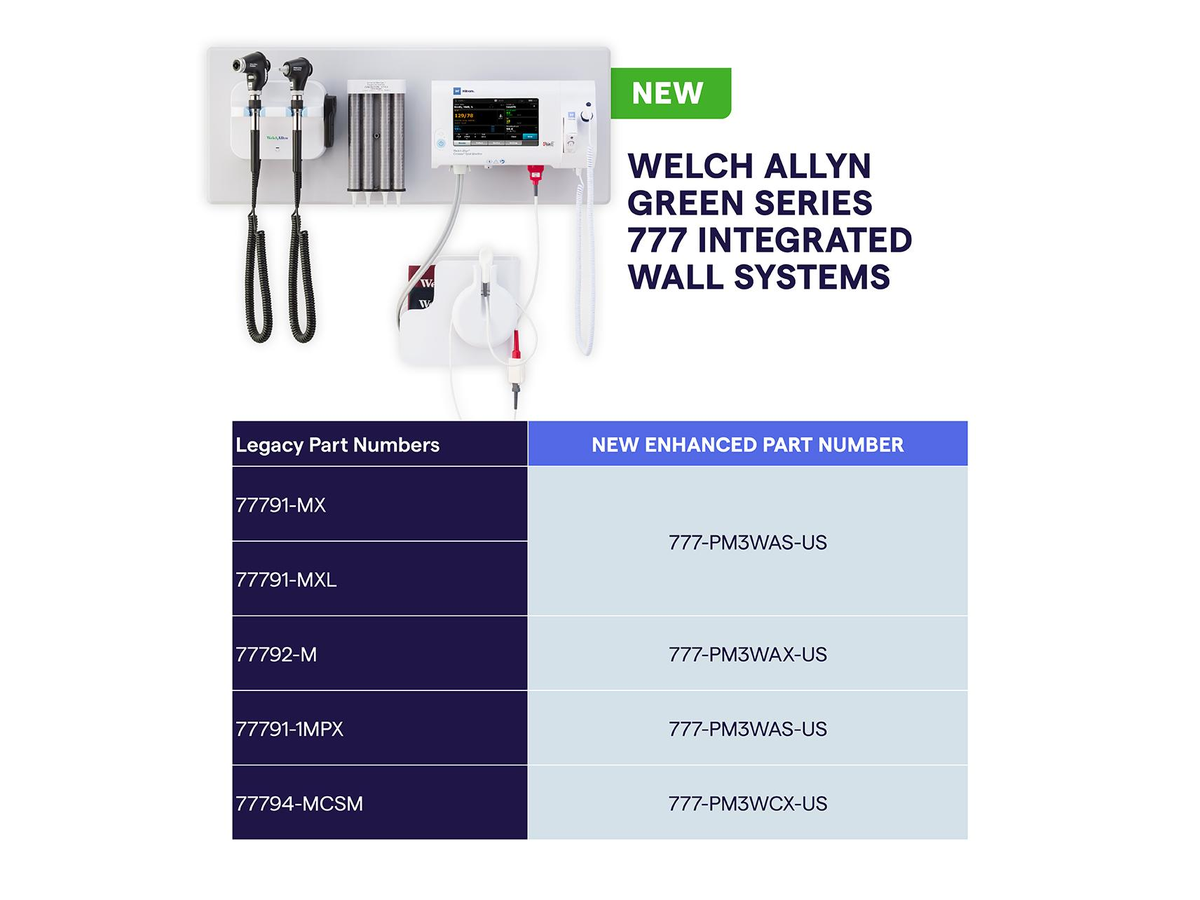Lithium-Ion Handle Overview
Welch Allyn lithium-ion rechargeable handles represent the latest power technology for diagnostic instruments, offering superior performance compared to traditional nickel-cadmium (NiCad) batteries. Understanding proper care, charging procedures, and battery management extends handle lifespan and ensures clinical readiness.
Lithium-Ion Advantages
- Extended Runtime: 90-120 minutes continuous illumination vs 45-60 minutes for NiCad
- No Memory Effect: Can be recharged at any charge level without capacity loss
- Lighter Weight: Approximately 20% lighter than equivalent NiCad handles
- Longer Lifespan: 3-5 years typical vs 2-3 years for NiCad
- Faster Charging: Full charge in 2 hours vs 3-4 hours for NiCad
- Lower Self-Discharge: Retains charge longer when not in use
Charging Best Practices
Optimal Charging Procedures
- Use only Welch Allyn-approved chargers designed for lithium-ion chemistry
- Place handle in charger ensuring proper contact with charging pins
- Verify charging indicator activates (typically amber/yellow light)
- Allow charge to complete until indicator shows full charge (green light)
- Remove from charger when fully charged or leave on charger—Li-Ion has charge management preventing overcharge
Charging Guidelines
- Partial Charges: Acceptable and will not harm battery—no need to fully discharge before recharging
- Frequency: Charge after each day's use or when battery indicator shows <25%
- Storage Charging: For long-term storage (>30 days), charge to 40-60% capacity
- Temperature: Charge at room temperature (50-90°F optimal)—extreme temperatures reduce charging efficiency
Battery Performance Testing
Runtime Test Procedure
- Fully charge handle per normal procedures
- Install handle on instrument head with bright halogen lamp
- Activate instrument continuously
- Measure time until illumination becomes noticeably dim
- Compare to baseline: New Li-Ion handles: 90-120 minutes, Acceptable performance: >75 minutes, Replace if: <60 minutes
Charging Performance Test
- Fully discharge handle (use until dim)
- Place in charger and note time
- Verify charging indicator activates
- Record time to full charge indication
- Normal charge time: 2 hours ±30 minutes
- If significantly longer, charger or handle charge circuit may need service
Battery Replacement Indicators
Replace lithium-ion handle or battery when:
- Runtime <60 minutes (less than 50% of new capacity)
- Handle becomes excessively warm during use or charging
- Charging time exceeds 4 hours
- Battery will not accept charge (charger shows fault)
- Physical damage to handle (cracks, impact damage, exposure to liquids)
- Age exceeds 5 years regardless of performance
Safety Considerations
Lithium-Ion Battery Safety
- Never Disassemble: Lithium-ion cells contain flammable electrolyte—disassembly by untrained personnel creates fire/explosion risk
- Impact Damage: Damaged Li-Ion batteries may short internally causing thermal runaway—remove from service immediately if dropped or impacted
- Heat Exposure: Never expose to temperatures >140°F—do not leave in hot vehicles or near heat sources
- Water Damage: If handle exposed to liquids, do not charge—internal short may occur
- Disposal: Must be disposed per local hazardous waste regulations—never discard in regular trash
Troubleshooting Common Issues
Problem: Handle Will Not Charge
Diagnostic Steps:
- Verify charger has power (check AC outlet)
- Clean charging contacts on handle and charger with alcohol wipe
- Test with alternate charger if available
- Inspect charging pins on handle for damage or debris
Resolution: If charger works with other handles, replace failed handle. If multiple handles fail on charger, replace charger power supply.
Problem: Short Runtime After Full Charge
Diagnostic Steps:
- Verify handle actually fully charged (some indicators may malfunction)
- Test runtime with standard load (bright halogen lamp)
- Compare to new or known-good handle
Resolution: If runtime significantly reduced (<60 min), battery has reached end of life—replace handle or return to Welch Allyn for battery replacement service.
Problem: Handle Warm During Use or Charging
Diagnostic Steps:
- Determine if warmth is normal operating temperature or excessive heat
- Normal: Handle slightly warm to touch during use or charging
- Excessive: Too hot to hold comfortably, >110°F surface temperature
Resolution: If excessively hot, remove from service immediately—possible internal battery damage. Do not charge. Contact Welch Allyn service for evaluation.
Storage Guidelines
Short-Term Storage (1-30 days)
- Store at room temperature (50-90°F)
- Leave on charger or store at any charge level
- Protect from physical damage and moisture
Long-Term Storage (>30 days)
- Charge to 40-60% capacity before storage
- Store at cool temperature (40-70°F optimal)
- Do not store fully discharged—may prevent recharging
- Do not store fully charged for extended periods—accelerates capacity loss
- Recharge every 3-6 months during storage
Comparison: Li-Ion vs NiCad Handles
| Feature | Lithium-Ion | Nickel-Cadmium |
|---|---|---|
| Runtime | 90-120 minutes | 45-60 minutes |
| Charge Time | 2 hours | 3-4 hours |
| Memory Effect | None | Yes—requires conditioning |
| Service Life | 3-5 years | 2-3 years |
| Weight | Lighter | Heavier |
| Cost | Higher initial | Lower initial |
| Environmental | Better (no cadmium) | Toxic heavy metal |
| Charging Flexibility | Charge anytime | Best fully discharged |
Frequently Asked Questions
⚠ Critical Safety Information
- Never attempt to disassemble or modify lithium-ion handles
- Remove damaged handles from service immediately—do not charge
- Use only Welch Allyn-approved chargers designed for lithium-ion chemistry
- Follow proper disposal procedures—do not discard in regular waste
- Store away from heat sources and flammable materials
Legal Disclaimer: This guide is for biomedical technicians responsible for diagnostic equipment maintenance. Lithium-ion battery servicing requires specialized training. Contact Welch Allyn service for battery replacement needs.


